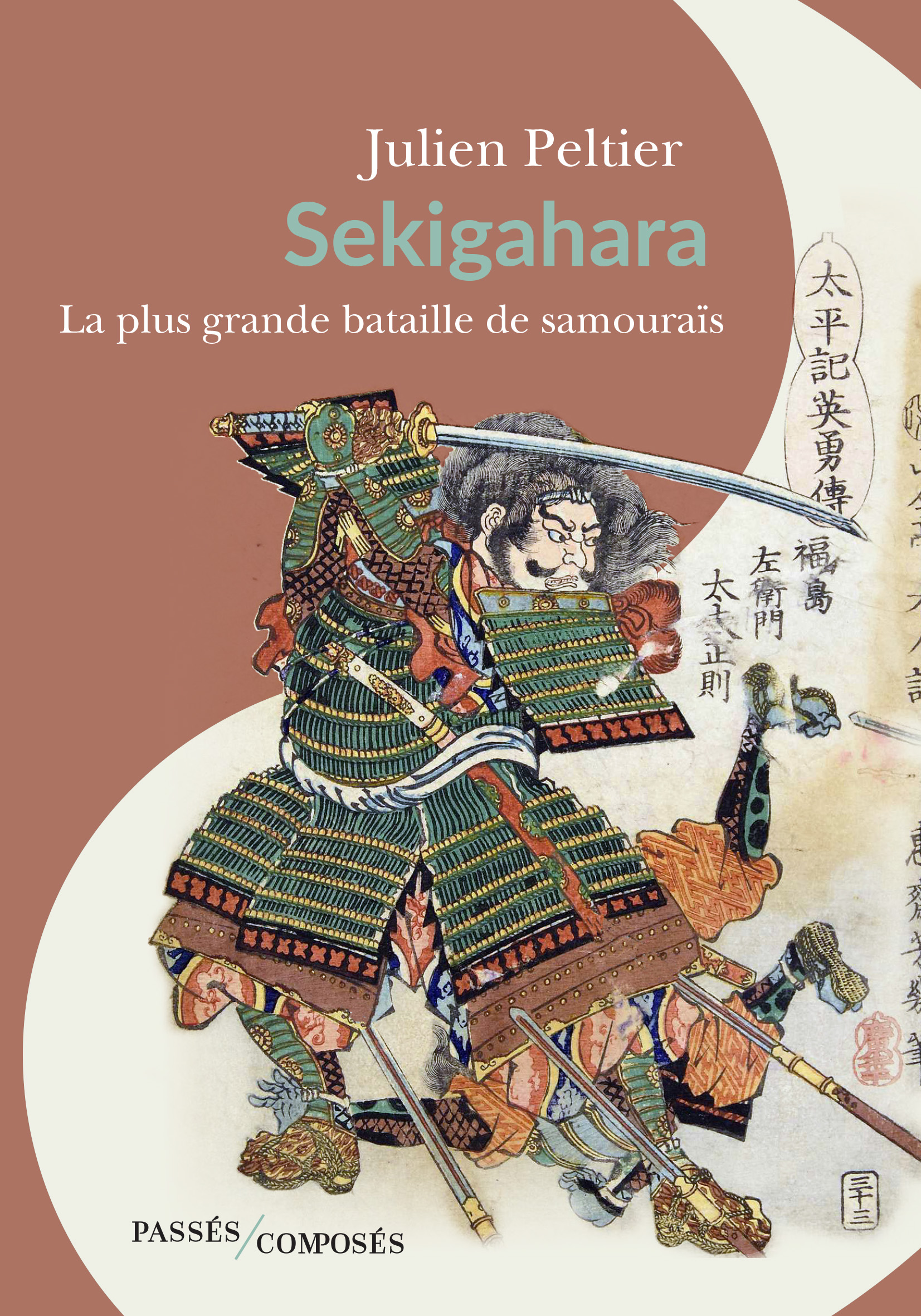Sekigahara, a Seminal Battle in Japanese History
In 'Sekigahara — The Greatest Samurai Battle', Julien Peltier analyses the battle that marked the decline of these warlords.

© Éditions Passé / Composé
‘In order to reap the dividends of peace, the troops had to risk everything one final time on the green carpet of the rice fields of Sekigahara, a narrow valley situated in the heart of Japan, at the crossroads between the strategic axes connecting Kyoto, the former imperial capital, to a plain in Kanto that had become the largest megalopolis in the world, assembling 43 million men.’ Julien Peltier, a historian who specialises in medieval Japan, sets the scene. In the book Sekigahara — La plus grande bataille de samouraïs (‘Sekigahara — The Greatest Samurai Battle’), he dissects one of the most emblematic battles in feudal Japan.
Two rival clans entered into battle: the troops of Ieyasu Tokugawa and those of Mitsunari Ishida. 170,000 soldiers were gathered together in autumn of 1600, 30,000 of whom lost their lives. To seek to understand the motivations for and stakes of this battle, Julien Peltier divides his text into three parts. The first allows the reader to untangle the threads of the events, to grasp the context and discover the strengths and weaknesses of the two clans. The second immerses them in the heart of the battle, and the third analyses its long-term consequences.
The start of a new era
After this battle, the victor of which was Ieyasu Tokugawa, the Edo period began and lasted until the Meiji restoration in 1812, which marked the slow erosion of the powerful samurai. ‘A junction between two totally opposing centuries, Sekigahara sounded the swansong sung unwillingly by the warriors of the past. Because nothing would be the same as it was before. The time of warlords and fortresses was over, while that of traders was just beginning—and would soon cause promising urban centres to prosper—as was that of the master engravers, who were among the main beneficiaries of the rise of a new city-dwelling bourgeoisie’, the book declares.
Sekigahara — La plus grande bataille de samouraïs is a dense but accessible text that adds a new historic dimension to a battle that was previously narrated by Ryotaro Shiba in his novel Sekigahara in 1966. This novel was adapted for the cinema in 2017 by director Masato Harada.
Sekigahara — La plus grande bataille de samouraïs (‘Sekigahara — The Greatest Samurai Battle’) (2020), a book by Julien Peltier, is published by Passés/Composés (not currently available in English).
TRENDING
-
The Tattoos that Marked the Criminals of the Edo Period
Traditional tattoos were strong signifiers; murderers had head tattoos, while theft might result in an arm tattoo.

-
Paris, Tokyo: Robert Compagnon
With his co-chef and talented wife, Jessica Yang, Robert Compagnon opened one of the top new restaurants in Paris: Le Rigmarole.
 3:31
3:31 -
Chiharu Shiota, Red Threads of the Soul
Last year, more than 660,000 people visited the retrospective 'Chiharu Shiota: The Soul Trembles' exhibit at the Mori Art Museum.

-
‘Before Doubting Others, Doubt Yourself. Who Can Truly Say a Dish Isn’t What It Used to Be?’
In ‘A Non-Conformist’s Guide to Surviving Society’, author Satoshi Ogawa shares his strategies for navigating everyday life.

-
The Story of Sada Yacco, the Geisha who Bewitched Europe
Described by Dazed magazine as the first beauty influencer, she has been restored to her former glory since 2019.





